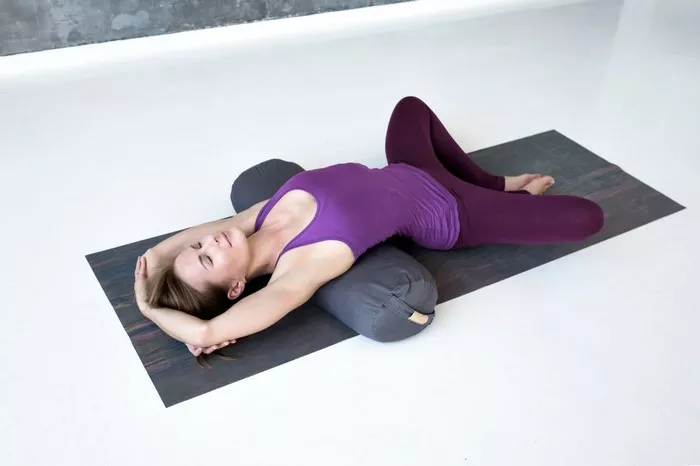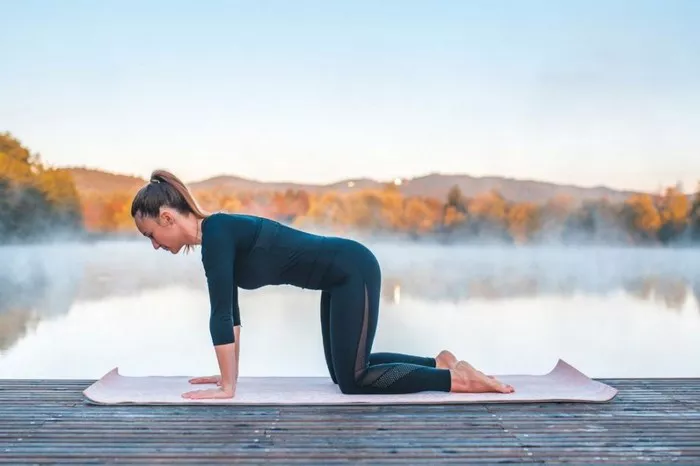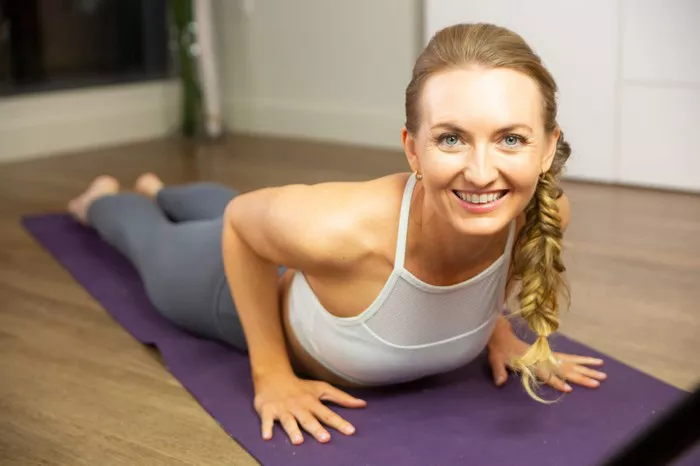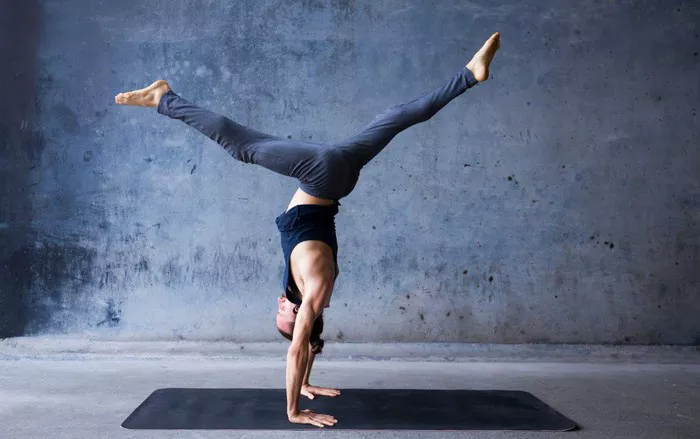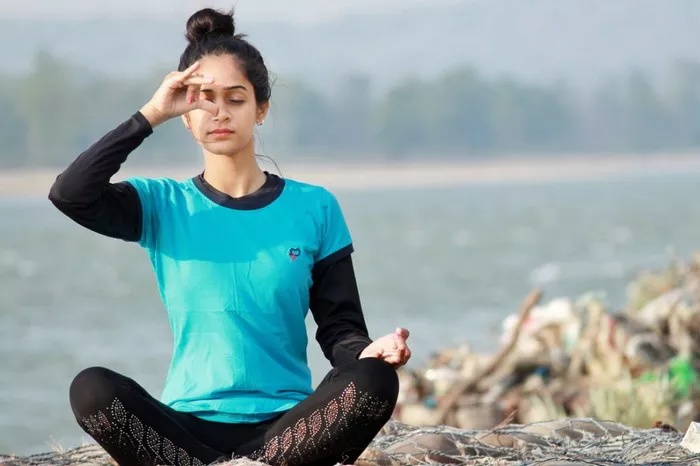Frog Pose, known as Bhekasana in Sanskrit, is a yoga posture that many practitioners find deceptively difficult. While it may look simple at first glance—essentially lying on the belly and opening the hips—its demands on flexibility, strength, and body awareness make it one of the more challenging poses to master. This article explores why Frog Pose is so hard, delving into the anatomical, physiological, and psychological aspects that contribute to its difficulty. Along the way, we will also discuss how to approach this pose safely and effectively, helping you deepen your practice with mindful awareness.
What Is Frog Pose?
Frog Pose is a deep hip opener that targets several muscle groups simultaneously. In the traditional version, you start by positioning yourself on your belly, then bend your knees and spread them wide apart, while flexing the feet so that the inner edges of the feet rest on the mat. The knees are externally rotated and extended sideways, resembling a frog’s posture—hence the name.
Frog Pose is often classified as an advanced hip-opening posture because it requires a high degree of external rotation in the hips, along with flexibility in the knees, ankles, and groin. It is a pose that, when practiced regularly, can significantly enhance hip mobility and release deep-seated tension.
The Anatomy Behind the Challenge
1. Hip Flexibility and External Rotation
One of the main reasons Frog Pose is difficult is the demand it places on the hip joints. The pose requires the hips to externally rotate significantly while maintaining a stable and safe alignment. For most people, this range of motion is limited due to tightness in the hip flexors, adductors, and internal rotators of the thigh.
The muscles involved include:
- Adductor group (inner thighs): These muscles often become tight due to prolonged sitting or lack of stretching.
- Hip flexors (iliopsoas): When tight, these muscles restrict the ability to externally rotate the hips fully.
- Tensor fasciae latae (TFL): This small muscle assists with hip flexion and internal rotation, so tightness here can limit external rotation.
Because these muscles work in opposition to the external rotation needed in Frog Pose, they often create a sensation of intense stretch or resistance.
2. Knee and Ankle Mobility
Unlike many hip-opening poses, Frog Pose also places a unique stress on the knees and ankles. The knees are bent at roughly 90 degrees or more, and the feet are dorsiflexed (toes pointed backward). This position demands:
- Knee joint flexibility: Not everyone has the ability to comfortably bend the knees in this way without discomfort.
- Ankle dorsiflexion: The feet must flex back so that the tops rest on the mat, which can be difficult for those with tight calves or ankle joints.
If these areas lack flexibility or are prone to injury, Frog Pose can feel very uncomfortable or even painful.
3. The Core and Spinal Engagement
Although Frog Pose may appear passive since you lie on your belly, it actually requires significant core engagement to stabilize the pelvis and spine. Maintaining a neutral or slightly arched lower back prevents strain and protects the lumbar spine. Weak core muscles can result in compensations that make the pose harder and less effective.
Psychological and Sensory Factors
1. Discomfort and Fear of Pain
For many practitioners, the discomfort experienced in Frog Pose can provoke anxiety or fear. This reaction is natural; when the body feels a stretch near sensitive areas such as the groin or knees, the nervous system may respond by tightening muscles as a protective mechanism.
This involuntary tightening creates a feedback loop where the more you fear discomfort, the more difficult the pose becomes. Overcoming this mental block requires patience, slow progress, and mindful breathing.
2. Body Awareness and Proprioception
Frog Pose challenges your body awareness or proprioception—the ability to sense your body’s position in space. Because it involves a complex arrangement of joints and muscles, some practitioners struggle to find the right alignment or gauge the intensity of the stretch. Without proper guidance or practice, this can lead to poor form, increased tension, or even injury.
Common Mistakes That Make Frog Pose Harder
1. Forcing the Knees Too Wide
Many beginners try to spread their knees as wide as possible, thinking this is the correct approach. However, forcing the knees beyond their natural range of motion can cause strain on the ligaments and cartilage of the knee joint.
2. Collapsing the Lower Back
Without sufficient core support, the lower back can overarch or collapse, creating discomfort or even pain. This not only makes the pose harder but can also lead to injury.
3. Ignoring Ankle Flexibility
Since the feet need to be flexed with the tops resting on the floor, neglecting ankle mobility can cause discomfort or improper positioning, making it difficult to hold the pose comfortably.
How to Approach Frog Pose Safely and Effectively
1. Warm Up Thoroughly
Before attempting Frog Pose, it’s essential to prepare the body. Warm up the hips, knees, and ankles with dynamic stretches such as:
- Butterfly stretch
- Low lunge with external rotation
- Ankle circles
- Cat-Cow to mobilize the spine
A well-prepared body will respond better and reduce the risk of injury.
2. Use Props
Placing a folded blanket or yoga block under the chest can help support the torso and reduce pressure on the lower back. Additionally, placing cushions or blocks under the knees can alleviate strain for those with sensitive joints.
3. Modify the Pose
If full Frog Pose is too intense, try a half Frog variation where only one leg is externally rotated and extended at a time. This allows you to build flexibility gradually.
4. Focus on Breath and Relaxation
Engaging in slow, deep breathing helps to relax the muscles and calm the nervous system. This makes the deep stretch more accessible and less intimidating.
5. Build Strength and Flexibility Gradually
Consistent practice is key. Incorporate complementary poses like Pigeon Pose, Garland Pose (Malasana), and Happy Baby Pose (Ananda Balasana) to progressively increase hip flexibility and comfort in Frog Pose.
The Benefits of Mastering Frog Pose
Despite its challenges, Frog Pose offers numerous benefits that make the effort worthwhile:
- Improved hip mobility: Enhances range of motion and functional movement.
- Release of deep groin tension: Beneficial for those who sit for long periods.
- Stimulates circulation: Opens blood flow to the pelvic region.
- Relieves lower back tightness: When done with proper alignment.
- Calming effect on the nervous system: Encourages relaxation and mindfulness.
Conclusion
Frog Pose is difficult because it demands a harmonious combination of flexibility, strength, and mental focus. Tightness in the hips, knees, ankles, and core muscles, along with psychological resistance to discomfort, all contribute to its reputation as a tough posture. However, with patience, mindful practice, and proper technique, Frog Pose can become an accessible and rewarding part of your yoga journey.
Remember, yoga is not about forcing your body into shapes but about cultivating awareness and respect for your unique limits. Approach Frog Pose as an opportunity to explore your body’s capacity gently and consistently, and you will discover both physical benefits and inner calm.
Related Topics:





